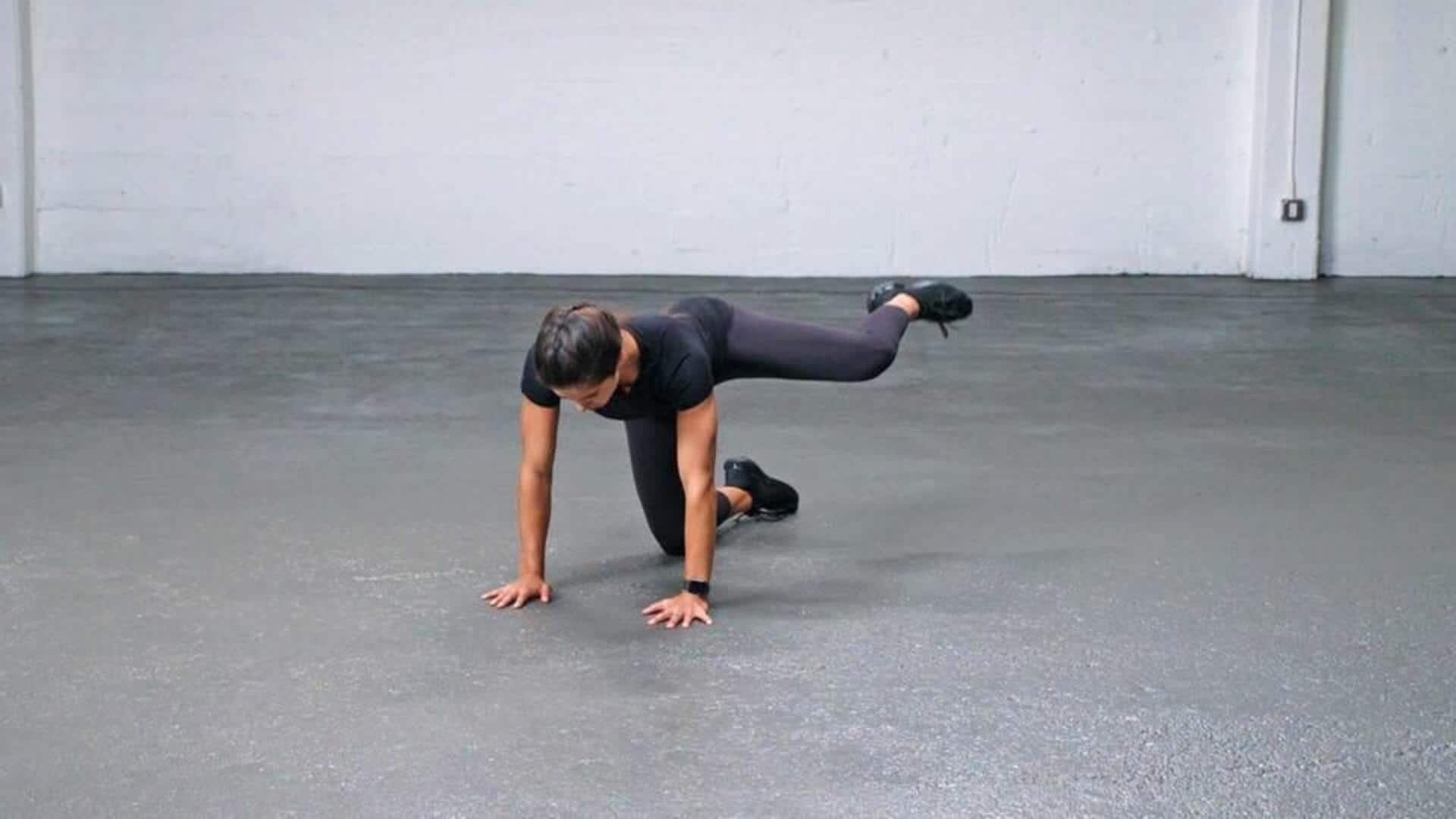Fitness and Aging
Physical activity is absolutely crucial for maintaining good health, and its benefits extend beyond just looking good. Coach Andy Fata-Chan suggests that
certain exercises can serve as a strong indicator of how well your body is aging. He outlines seven specific movements that are highly beneficial for adults looking to improve their overall fitness and potentially slow down the aging process. These exercises are not just about building muscle; they focus on functional movements that improve balance, strength, and flexibility – all essential components for healthy aging. Integrating these exercises into a regular routine can provide valuable insights into your physical condition.
Push-Ups: Core Strength
Push-ups, a classic exercise, are an excellent way to assess upper body strength and endurance. Performing push-ups engages multiple muscle groups, including the chest, shoulders, triceps, and core, which contributes to overall fitness. If you are able to perform a good number of push-ups, it indicates good muscular strength and stability. The ability to do push-ups properly can also suggest adequate core stability, which is critical for everyday activities and reducing the risk of injuries. Start by ensuring your form is correct, gradually increasing the number of repetitions and sets to build strength. Regular push-ups are one of the simplest yet effective ways to gauge your current fitness level.
Pull-Ups: Upper Body
Pull-ups are another highly effective exercise, though more challenging than push-ups. This exercise primarily targets the back muscles, biceps, and forearms, demanding significant upper body strength. Being able to complete a few pull-ups indicates good strength-to-weight ratio and grip strength, both beneficial for various physical activities. If pull-ups are a struggle, start with assisted pull-ups using a resistance band or a machine. Concentrate on improving your form and gradually work towards unassisted pull-ups. Regular pull-up practice can remarkably improve your upper body strength, making daily tasks more manageable, and demonstrating a good level of physical fitness.
Squat Jumps: Power Boost
Squat jumps are a dynamic exercise that combines a standard squat with an explosive jump. This exercise focuses on lower body power and explosiveness. Squat jumps are effective at strengthening the glutes, quads, and hamstrings, which are critical for mobility and balance. This exercise also elevates your heart rate, improving cardiovascular fitness. Proper form is essential to prevent injuries, so prioritize controlled movements and ensure your knees track over your toes. Including squat jumps in your exercise routine can boost both strength and cardiovascular health, contributing to an improved and healthier physique.
Single-Leg Squats
Single-leg squats performed to a bench, highlight the importance of balance, stability, and leg strength. They test your ability to control your bodyweight on one leg, which is crucial for everyday movements and balance. This exercise is excellent for enhancing the strength of the quads, hamstrings, and glutes. Begin by placing your foot on a bench or a low surface. Then, gently lower your body, maintaining control throughout the descent and ascent. Regular practice improves balance, coordination, and leg strength. Improving your ability to perform single-leg squats indicates a high level of lower body strength and balance.
Single-Leg Deadlifts
The single-leg deadlift helps improve balance, strengthens the hamstrings and glutes, and stabilizes the core. To perform this exercise, stand on one leg and hinge at your hips, lowering your torso while keeping your back straight. Simultaneously, extend the other leg behind you for balance. It improves hip stability and strengthens the posterior chain muscles. Maintaining a stable core throughout the movement is essential to ensure proper form and maximize the exercise's benefits. Practicing single-leg deadlifts regularly can significantly improve your balance, and functional strength, reducing the risk of falls and contributing to improved overall fitness.
Split Squat Isometric
The split squat isometric hold primarily focuses on building strength in the legs and glutes. In this exercise, you assume a split squat position, with one leg forward and the other back, and then hold this position for a specified duration. The isometric hold helps to develop muscular endurance and strength. This exercise emphasizes building strength and stability in each leg independently, which can translate to improvements in balance, stability, and everyday movement. Regularly incorporating this exercise into your routine can strengthen your legs and improve overall physical performance and balance. It is particularly beneficial for those seeking to enhance their lower-body strength and stability.
Hop and Stick: Agility Test
Hop and stick is a test of agility and balance that involves hopping on one leg and landing softly, maintaining a stable position. This exercise gauges your ability to control your body and absorb impact, which is critical for injury prevention. It focuses on balance, coordination, and the ability to stabilize your landing, which directly affects your ability to perform well in sports or daily activities that require quick movements. Regular practice can improve your agility, balance, and neuromuscular control, which are vital for physical performance and overall well-being. This exercise contributes to enhancing the ability to react quickly and maintain control during changes in direction.





